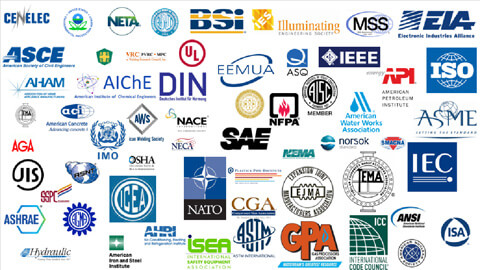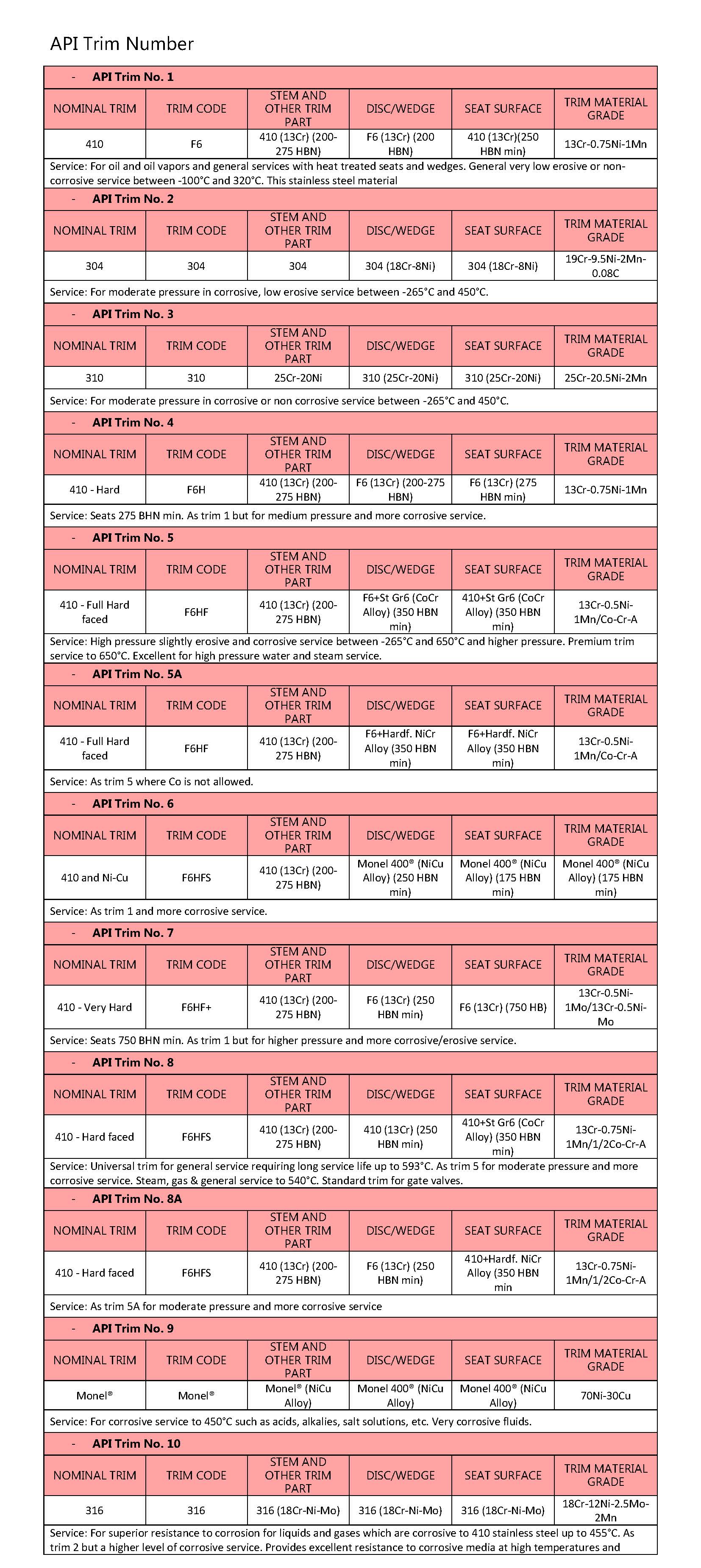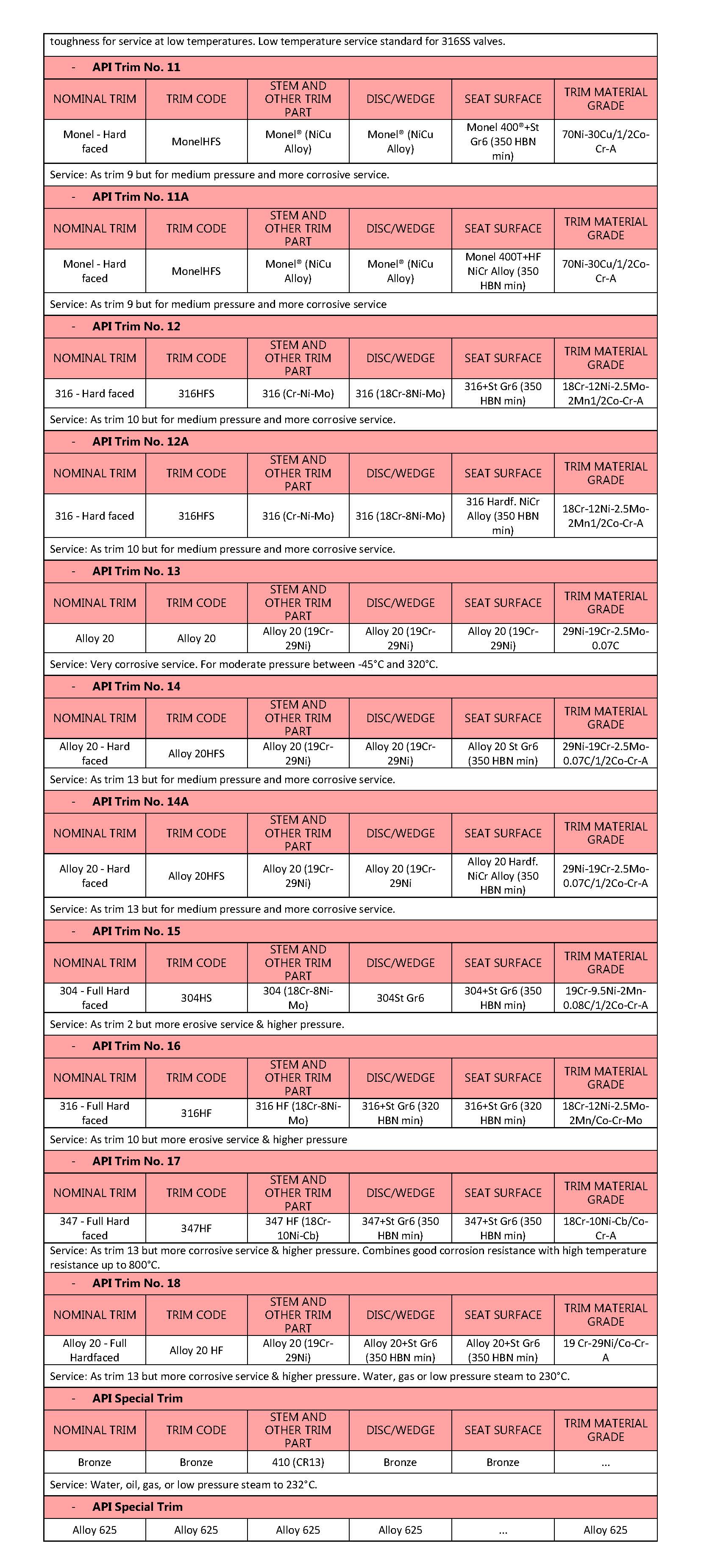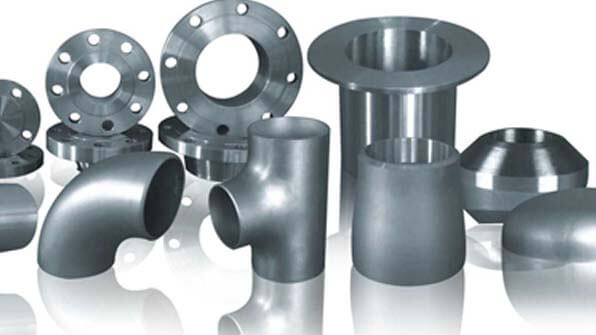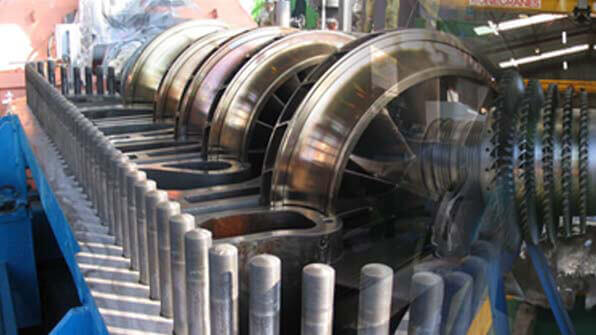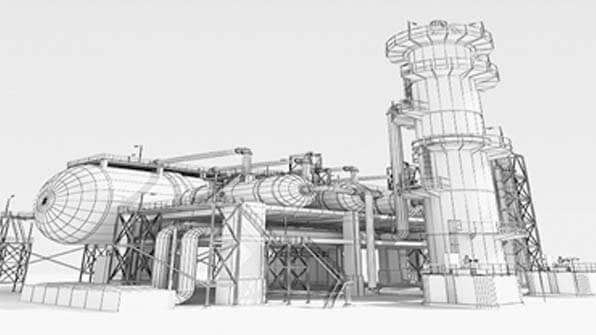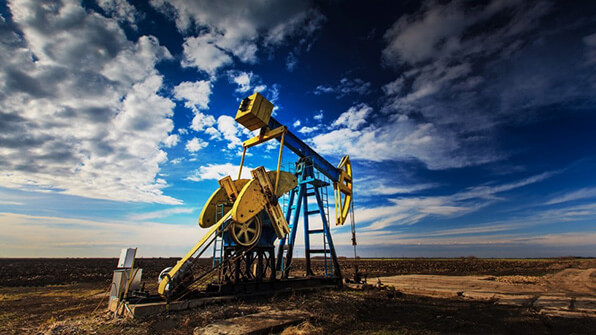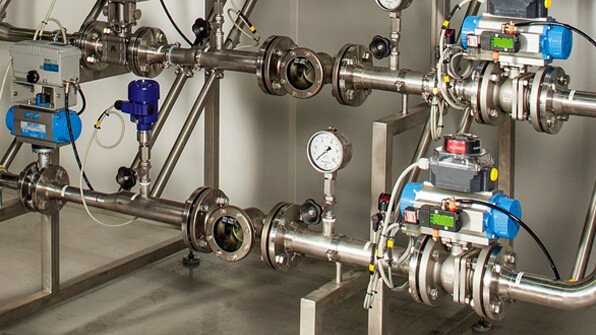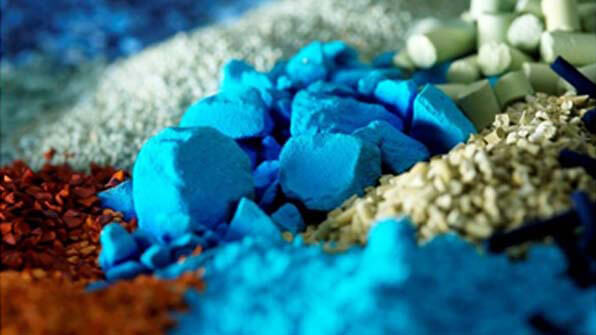Forged carbon Steel valves: ASTM A105/ A105M, This specification covers standards for forged carbon steel piping components, that is, flanges, fittings, valves, and similar parts, for use in pressure systems at ambient and higher-temperature service conditions. Materials shall be subjected to heat treatment (annealing, normalizing, tempering, or quenching). Material shall conform to carbon, manganese, phosphorus, sulfur, silicon, copper, nickel, chromium, molybdenum and vanadium contents. The forgings shall be subjected to tension, hardness and hydrostatic tests, with the latter applicable when required. Material shall adhere to tensile strength, yield strength, elongation, reduction of area, and hardness requirements. Guidelines for retreatment, repair by welding, and product marking are given.
Forged carbon Steel valves For low Temprature Service: ASTM A350/ A350M (LF1, LF2, LF3, LF5, LF6, LF9, LF 787), This specification covers several grades of carbon and low alloy steel forged or ring-rolled flanges, forged fittings and valves for low-temperature service. The steel specimens shall be melt processed using open-hearth, basic oxygen, electric furnace or vacuum-induction melting. A sufficient discard shall be made to secure freedom from injurious piping and undue segregation. The materials shall be forged and shall undergo heat treatment such as normalizing, tempering, quenching and precipitation heat treatment. Heat analysis and product analysis shall be performed wherein the steel materials shall conform to the required chemical compositions of carbon, manganese, phosphorus, sulfur, silicon, nickel, chromium, molybdenum, copper, columbium, vanadium, and nitrogen. The materials shall also undergo tension tests and shall conform to the required values of tensile strength, yield strength and elongation. Impact tests shall also be performed and the steel materials shall conform to the required values of minimum impact energy, temperature, and minimum equivalent absorbed energy. Hardness and hydrostatic tests shall also be performed.
Forged Alloy Steel and Stainless Steel valves For High Temprature Service: ASTM A182/ A182 M-98ª(F 304, F 304H, F 304L, F 304N, F304 LN, F 309H, F310, F 310H, F 310 MoLN, F 316, F 316H, F 316L, F 316N, F 316LN, F 317, F 317L, F 347, F 347 H, F 348, F 348 H, F 321, F321 H), This specification covers forged or rolled alloy and stainless steel pipe flanges, forged fittings, and valves and parts for high-temperature service. After hot working, forgings shall be cooled to a specific temperature prior to heat treatment, which shall be performed in accordance with certain requirements such as heat treatment type, austenitizing/solution temperature, cooling media, and quenching. The materials shall conform to the required chemical composition for carbon, manganese, phosphorus, silicon, nickel, chromium, molybdenum, columbium, titanium. The material shall conform to the requirements as to mechanical properties for the grade ordered such as tensile strength, yield strength, elongation, Brinell hardness. All H grades and grade F 63 shall be tested for average grain size.
Forged Duplex Steel valve: ASTM A182 (F 50, F 51, F 52, F 53M F 54, F 55, F 57, F 59, F 60, F 61, F 904L)

